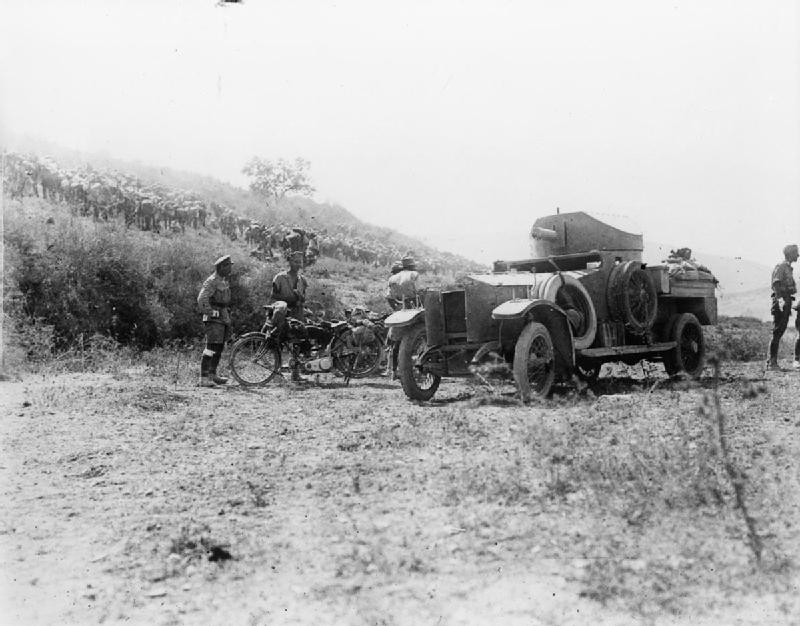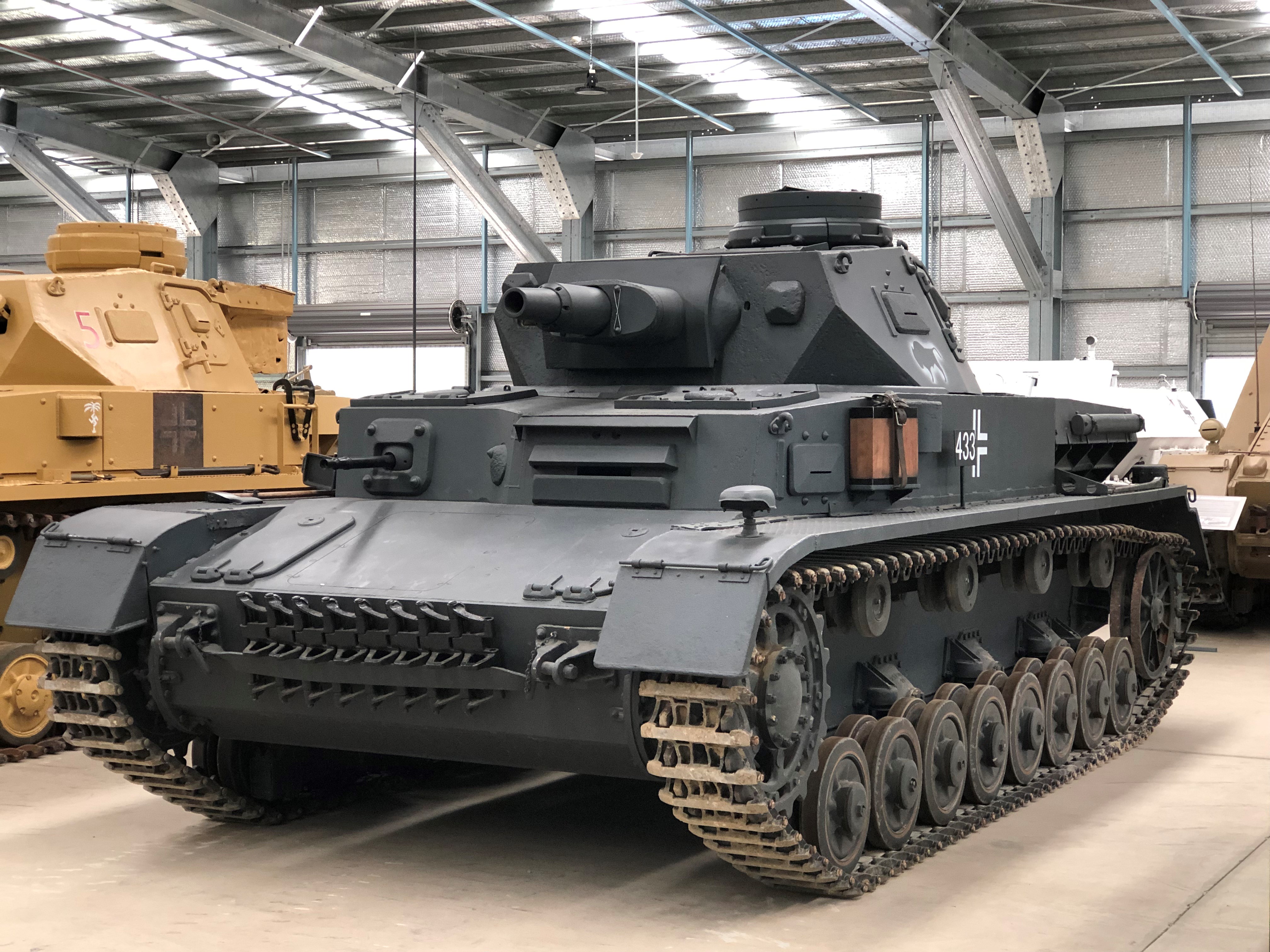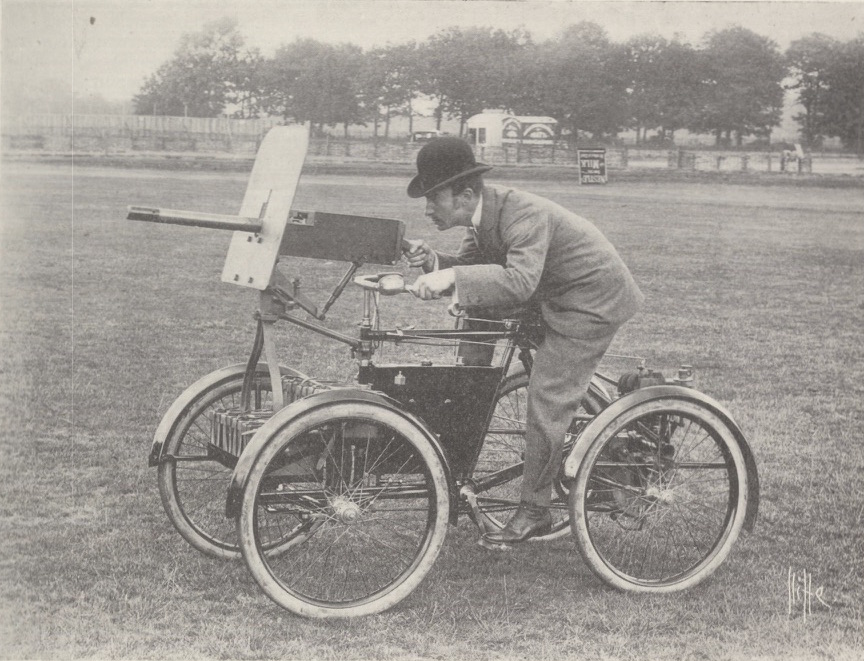|
Armoured Vehicle-launched Bridge
An armoured vehicle-launched bridge (AVLB) is a combat support vehicle, sometimes regarded as a subtype of military engineering vehicle, designed to assist militaries in rapidly deploying tanks and other armoured fighting vehicles across gap-type obstacles, such as rivers. The AVLB is usually a tracked vehicle converted from a tank chassis to carry a folding metal bridge instead of weapons. The AVLB's job is to allow armoured or infantry units to cross craters, anti-tank ditches, blown bridges, railroad cuts, canals, rivers and ravines, when a river too deep for vehicles to wade through is reached, and no bridge is conveniently located, or sufficiently sturdy, a substantial concern when moving 60-ton tanks. The bridge layer unfolds and launches its cargo, providing a ready-made bridge across the obstacle in only minutes. Once the span has been put in place, the AVLB vehicle detaches from the bridge, and moves aside to allow traffic to pass. Once all of the vehicles have crossed ... [...More Info...] [...Related Items...] OR: [Wikipedia] [Google] [Baidu] |
SE 003429
SE, Se, or Sé may refer to: Initialisms * Standard Edition (e.g. Java Platform, Standard Edition) * Special edition, Special Edition * Second Edition (e.g. Windows 98#Windows 98 Second Edition, Windows 98 Second Edition) Arts and entertainment * Sé (album), ''Sé'' (album), by Lúnasa, 2006 * Se (instrument), a traditional Chinese musical instrument Businesses and organizations * ''Societas Europaea'', a form of legal entity registered under European Union law * Sea Ltd (NYSE: SE), tech conglomerate headquartered in Singapore * Slovenské elektrárne, electric utility company in Slovakia * XL Airways France, IATA airline designator SE * Southeastern (train operating company), or SE Trains Limited, in England Places * Sè, Atlantique, Benin * Sè, Mono, Benin *Subprefecture of Sé, São Paulo, Brazil **Sé (district of São Paulo) **Sé (São Paulo Metro), a station *Sé, Hungary *Sé, Macau *Sé (Angra do Heroísmo), Terceira, Azores, Portugal *Sé (Braga), Portugal *Sé ... [...More Info...] [...Related Items...] OR: [Wikipedia] [Google] [Baidu] |
Blitzkrieg
''Blitzkrieg'(Lightning/Flash Warfare)'' is a word used to describe a combined arms surprise attack, using a rapid, overwhelming force concentration that may consist of armored and motorized or mechanized infantry formations, together with artillery, air assault, and close air support. The intent is to break through an opponent's lines of defense, dislocate the defenders, confuse the enemy by making it difficult to respond to the continuously changing front, and defeat them in a decisive : a battle of annihilation. During the interwar period, aircraft and tank technologies matured and were combined with the systematic application of the traditional German tactic of (maneuver warfare), involving the deep penetrations and the bypassing of enemy strong points to encircle and destroy opposing forces in a (cauldron battle/battle of encirclement). During the invasion of Poland, Western journalists adopted the term ''blitzkrieg'' to describe that form of armored warfare. The ... [...More Info...] [...Related Items...] OR: [Wikipedia] [Google] [Baidu] |
Small Box Girder
The Small Box Girder bridge (SBG) was a small assault bridge that could be used to span gaps of up to 30 feet. It was typically carried on a tank, such as the Churchill Armoured Vehicle Royal Engineers (AVRE), and could be deployed without engineers having to expose themselves to enemy fire. The design had been formally adopted by the British Army in 1932. Pre-war the SBG had (more often than not without permission) quickly been copied by many countries around the world, including Germany. The German Army called their version of the SBG the ''Kastenträgergerät'' (K-Gerät for short). The United States was another country whose army created their own copy, designating it the H-20. The SBG was used during the Normandy invasion of World War II (1944–5). See also *Armoured vehicle-launched bridge * Hobart's Funnies *Box girder bridge A box girder bridge, or box section bridge, is a bridge in which the main beam (structure), beams comprise girders in the shape of a ... [...More Info...] [...Related Items...] OR: [Wikipedia] [Google] [Baidu] |
Churchill Tank
The Tank, Infantry, Mk IV (A22) Churchill was a British infantry tank used in the Second World War, best known for its heavy armour, large longitudinal chassis with all-around tracks with multiple Bogie#Tracked vehicles, bogies, its ability to climb Grade (slope), steep slopes, and its use as the basis of many specialist vehicles. It was one of the heaviest Allies of World War II, Allied tanks of the war. The origins of the Churchill's design lay in the expectation that war in Europe might be fought in conditions similar to those of the First World War, and thus emphasised the ability to cross difficult ground. The Churchill was hurried into production in order to build up British defences against a possible German invasion. The first vehicles had flaws that had to be overcome before the Churchill was accepted for wide use. After several Mark (designation), marks (versions) had been built, a better-armoured specification, the Mark VII, entered service with the British Army. The ... [...More Info...] [...Related Items...] OR: [Wikipedia] [Google] [Baidu] |
Allies Of World War II
The Allies, formally referred to as the United Nations from 1942, were an international Coalition#Military, military coalition formed during World War II (1939–1945) to oppose the Axis powers. Its principal members were the "Four Policemen, Big Four" – the United Kingdom, United States, Soviet Union, and Republic of China (1912–1949), China. Membership in the Allies varied during the course of the war. When the conflict broke out on 1 September 1939, the Allied coalition consisted of the United Kingdom, French Third Republic, France, and Second Polish Republic, Poland, as well as their respective Dependent territory, dependencies, such as British Raj, British India. They were joined by the independent dominions of the British Commonwealth: Canada, Australia, Dominion of New Zealand, New Zealand and Union of South Africa, South Africa. Consequently, the initial alliance resembled Allies of World War I, that of the First World War. As Axis forces began German invasion of ... [...More Info...] [...Related Items...] OR: [Wikipedia] [Google] [Baidu] |
Burma Campaign
The Burma campaign was a series of battles fought in the British colony of British rule in Burma, Burma as part of the South-East Asian theatre of World War II. It primarily involved forces of the Allies of World War II, Allies (mainly from the British Empire and the Republic of China (1912–49), Republic of China, with support from the United States) against the invading forces of the Empire of Japan. Imperial Japan was supported by the Thailand in World War II, Thai Phayap Army, as well as two Collaboration with Imperial Japan, collaborationist independence movements and armies. Nominally independent puppet states were established in the conquered areas and some Saharat Thai Doem, territories were annexed by Thailand. In 1942 and 1943, the international Allied force in British Raj, British India launched Burma campaign (1942–1943), several failed offensives to retake lost territories. Burma campaign 1944, Fighting intensified in 1944, and British Empire forces peaked at a ... [...More Info...] [...Related Items...] OR: [Wikipedia] [Google] [Baidu] |
Valentine Tank
The Tank, Infantry, Mk III, Valentine was an infantry tank produced in the United Kingdom during World War II. More than 8,000 Valentines were produced in eleven marks, plus specialised variants, accounting for about a quarter of wartime British tank production. The variants included riveted and welded construction, petrol and diesel engines and increases in armament. It was supplied in large numbers to the USSR and built under licence in Canada. It was used by the British in the North African campaign. Developed by Vickers, it proved to be strong and reliable. Name There are several proposed explanations for the name ''Valentine''. According to the most popular one, the design was presented to the War Office on St Valentine's Day, 14 February 1940, although some sources say that the design was submitted on Valentine's Day 1938 or 10 February 1938. White notes that "incidentally" Valentine was the middle name of Sir John Carden, 6th Baronet, Sir John Carden, the man responsible ... [...More Info...] [...Related Items...] OR: [Wikipedia] [Google] [Baidu] |
Wehrmacht
The ''Wehrmacht'' (, ) were the unified armed forces of Nazi Germany from 1935 to 1945. It consisted of the German Army (1935–1945), ''Heer'' (army), the ''Kriegsmarine'' (navy) and the ''Luftwaffe'' (air force). The designation "''Wehrmacht''" replaced the previously used term (''Reich Defence'') and was the manifestation of the Nazi regime's efforts to German rearmament, rearm Germany to a greater extent than the Treaty of Versailles permitted. After the Adolf Hitler's rise to power, Nazi rise to power in 1933, one of Adolf Hitler's most overt and bellicose moves was to establish the ''Wehrmacht'', a modern offensively-capable armed force, fulfilling the Nazi regime's long-term goals of regaining lost territory as well as gaining new territory and dominating its neighbours. This required the reinstatement of conscription and massive investment and Military budget, defence spending on the arms industry. The ''Wehrmacht'' formed the heart of Germany's politico-military po ... [...More Info...] [...Related Items...] OR: [Wikipedia] [Google] [Baidu] |
Panzer IV
The IV (Pz.Kpfw. IV), commonly known as the Panzer IV, is a German medium tank developed in the late 1930s and used extensively during the Second World War. Its ordnance inventory designation was Sd.Kfz. 161. The Panzer IV was the most numerous German tank and the second-most numerous German fully tracked armoured fighting vehicle of the Second World War; 8,553 Panzer IVs of all versions were built during World War II, only exceeded by the StuG III assault gun with 10,086 vehicles. Its chassis was also used as the base for many other fighting vehicles, including the assault gun, the self-propelled anti-tank gun, the and self-propelled anti-aircraft gun, and the self-propelled gun. The Panzer IV saw service in all combat theatres involving Germany and was the only German tank to remain in continuous production throughout the war. The Panzer IV was originally designed for infantry support, while the similar Panzer III was to fight armoured fighting vehicles. However, ... [...More Info...] [...Related Items...] OR: [Wikipedia] [Google] [Baidu] |
Covenanter Tank
The Cruiser tank Mk V or A13 Mk III Covenanter was a British cruiser tank of the Second World War. The Covenanter was the first cruiser tank design to be given a name. Designed by the London, Midland and Scottish Railway as a better-armoured replacement for the Cruiser Mark IV, it was ordered into production in 1939 before pilot models were built. Problems with the design became apparent only after production was under way. The tank equipped various British armoured divisions for home defence and training. It never left the UK as poor engine cooling caused the Mk I to Mk III to be declared unfit for overseas service, especially in hot climates. This was rectified in the Mk IV after many corrective actions were undertaken but, by February 1944, it was declared obsolete. More than 1,700 of the type were built. It was named after the Covenanters, a Scottish religious and political movement at the time of the Wars of the Three Kingdoms. Development In 1938, the War Office had issu ... [...More Info...] [...Related Items...] OR: [Wikipedia] [Google] [Baidu] |
Armored Car (military)
A military armored (Commonwealth English, also spelled armoured) car is a wheeled armoured fighting vehicle, historically employed for reconnaissance, internal security, armed escort, and other subordinate battlefield tasks. With the gradual decline of mounted cavalry, armored cars were developed for carrying out duties formerly assigned to light cavalry. Following the invention of the tank, the armoured car remained popular due to its faster speed, comparatively simple maintenance and low production cost. It also found favor with several Colonial troops, colonial armies as a cheaper weapon for use in underdeveloped regions. During World War II, most armoured cars were engineered for reconnaissance and passive observation, while others were devoted to communications tasks. Some equipped with heavier armament could even substitute for tracked combat vehicles in favorable conditions—such as pursuit or flanking maneuvers during the North African campaign. Since World War II t ... [...More Info...] [...Related Items...] OR: [Wikipedia] [Google] [Baidu] |
Armoured Personnel Carrier
An armoured personnel carrier (APC) is a broad type of armoured military vehicle designed to transport personnel and equipment in combat zones. Since World War I, APCs have become a very common piece of military equipment around the world. According to the definition in the Treaty on Conventional Armed Forces in Europe, an APC is "an armoured combat vehicle which is designed and equipped to transport a combat infantry squad and which, as a rule, is armed with an integral or organic weapon of less than 20 millimetres calibre." Compared to infantry fighting vehicles (IFVs), which are also used to carry infantry into battle, APCs have less weapon, armament and are not designed to provide direct fire support in battle. Infantry units that travel in APCs are known as mechanized infantry. Some militaries also make a distinction between infantry units that use APCs and infantry units that use IFVs, with the latter being known as armoured infantry. History One of the first armored ve ... [...More Info...] [...Related Items...] OR: [Wikipedia] [Google] [Baidu] |









